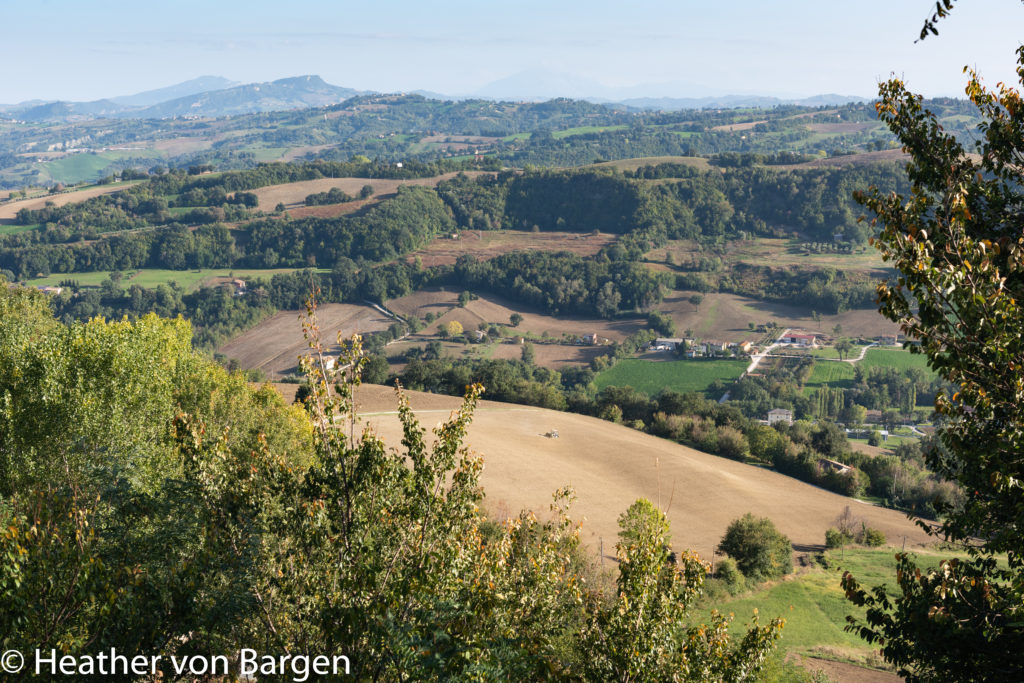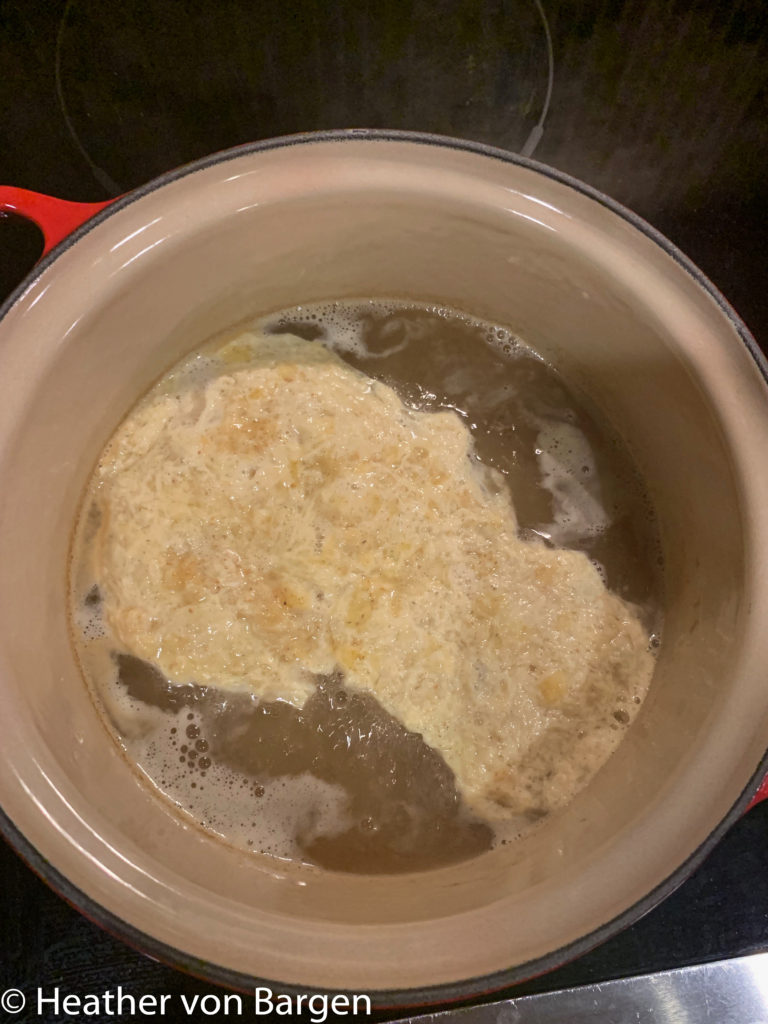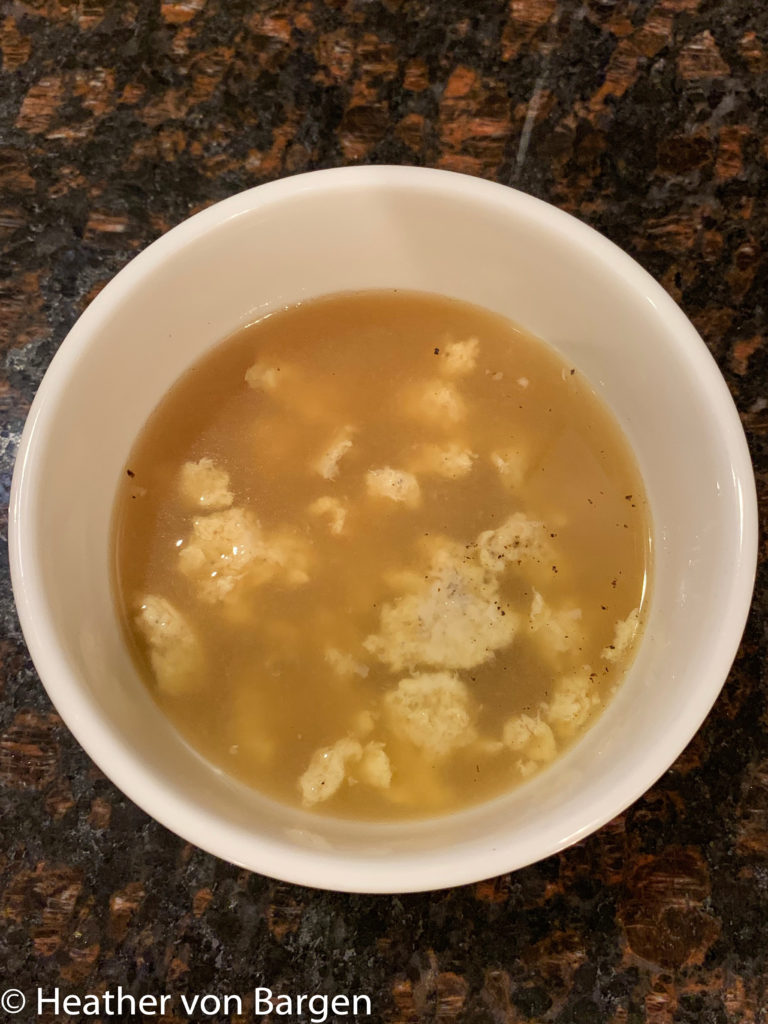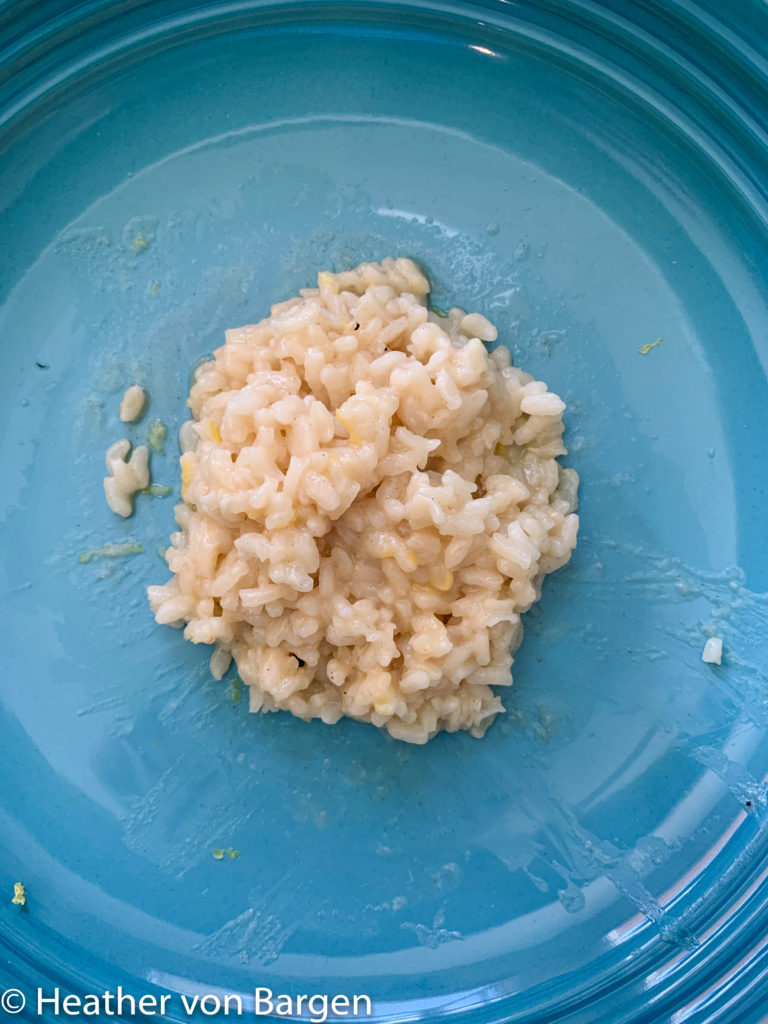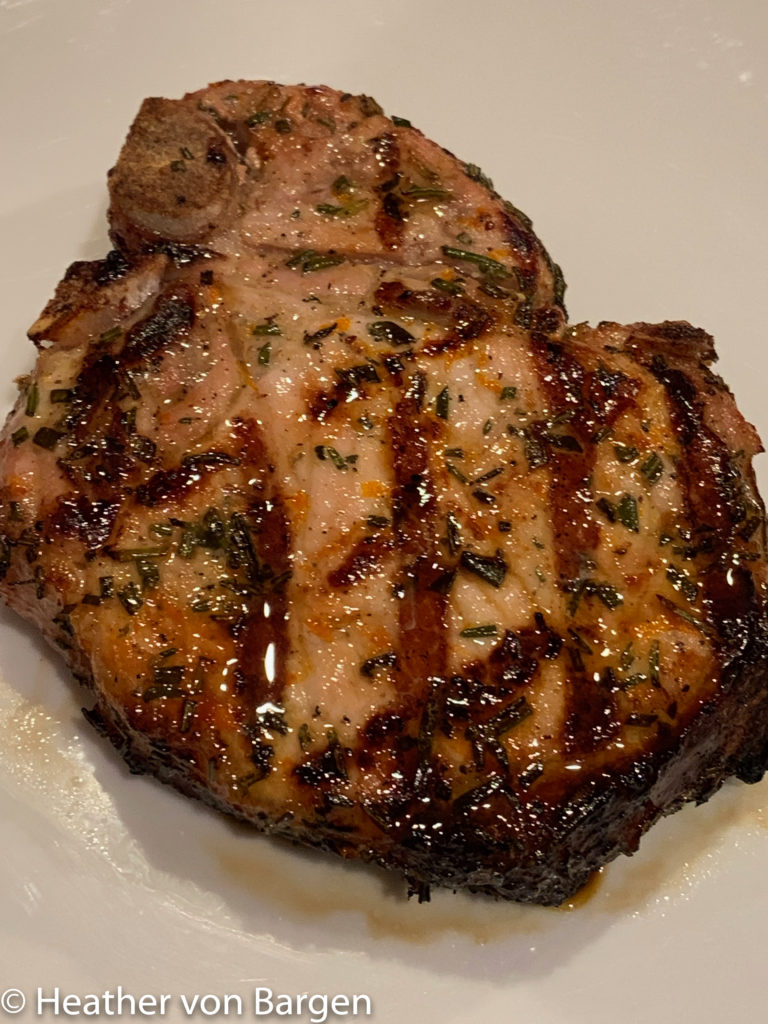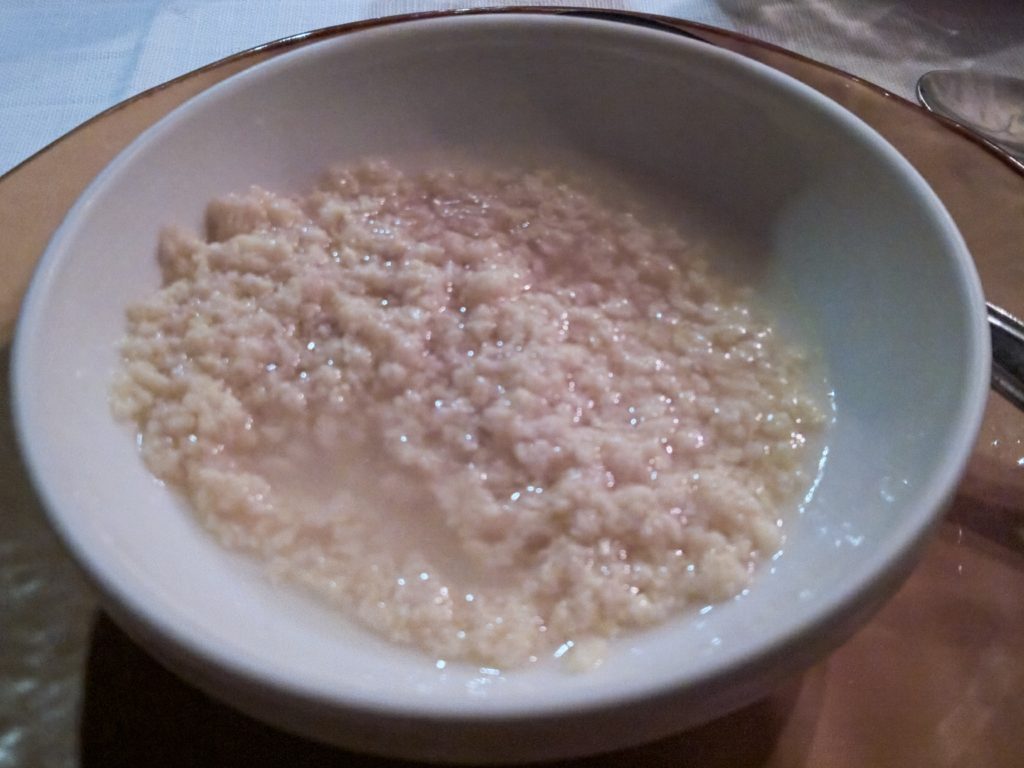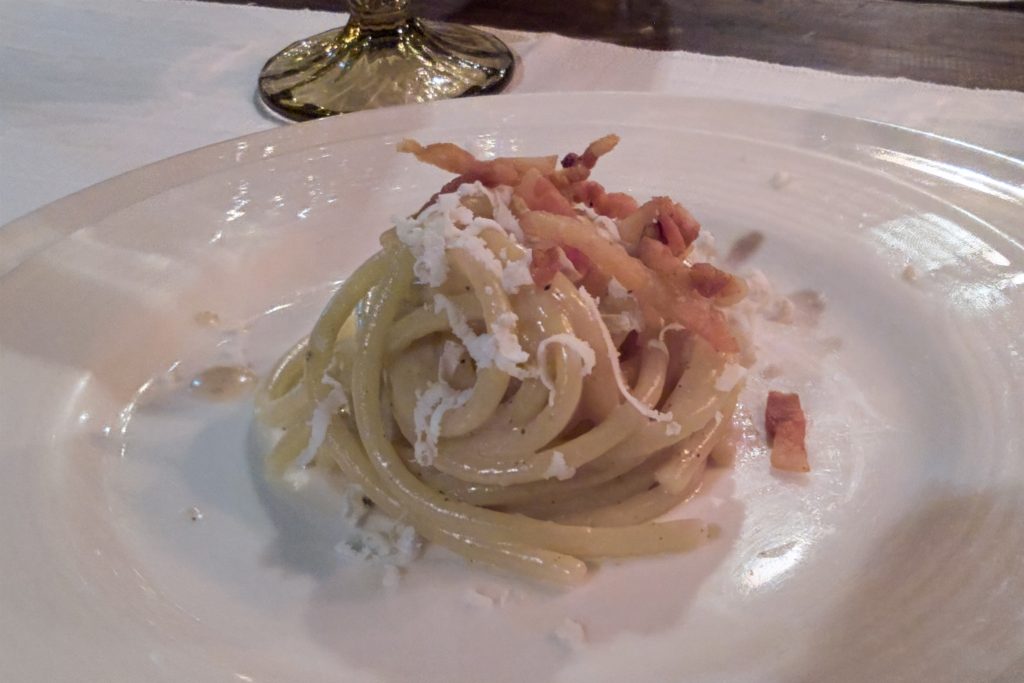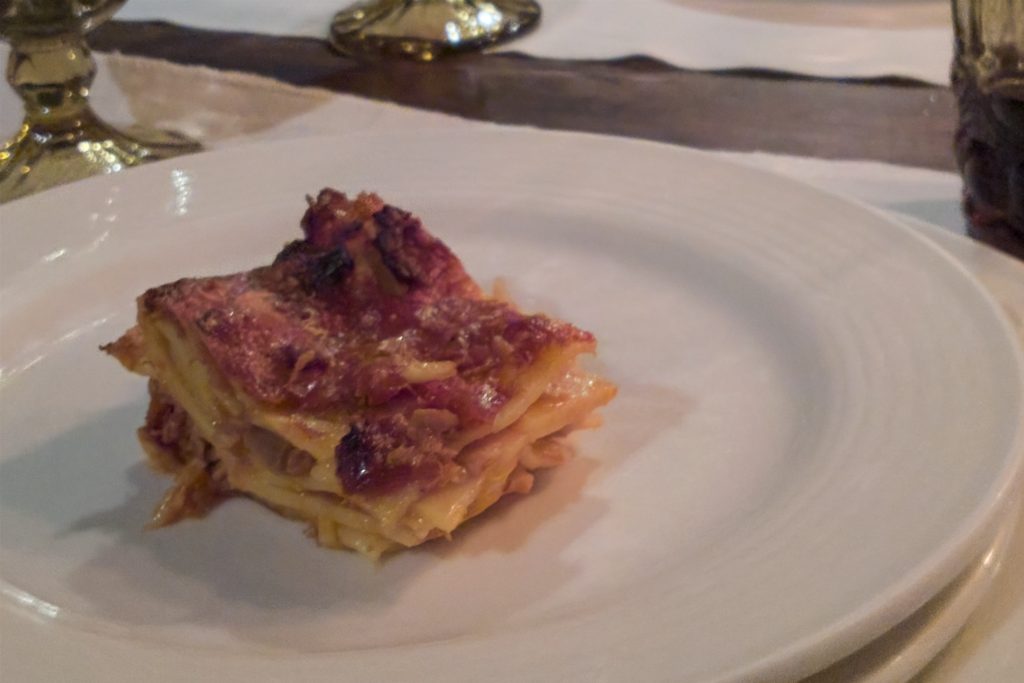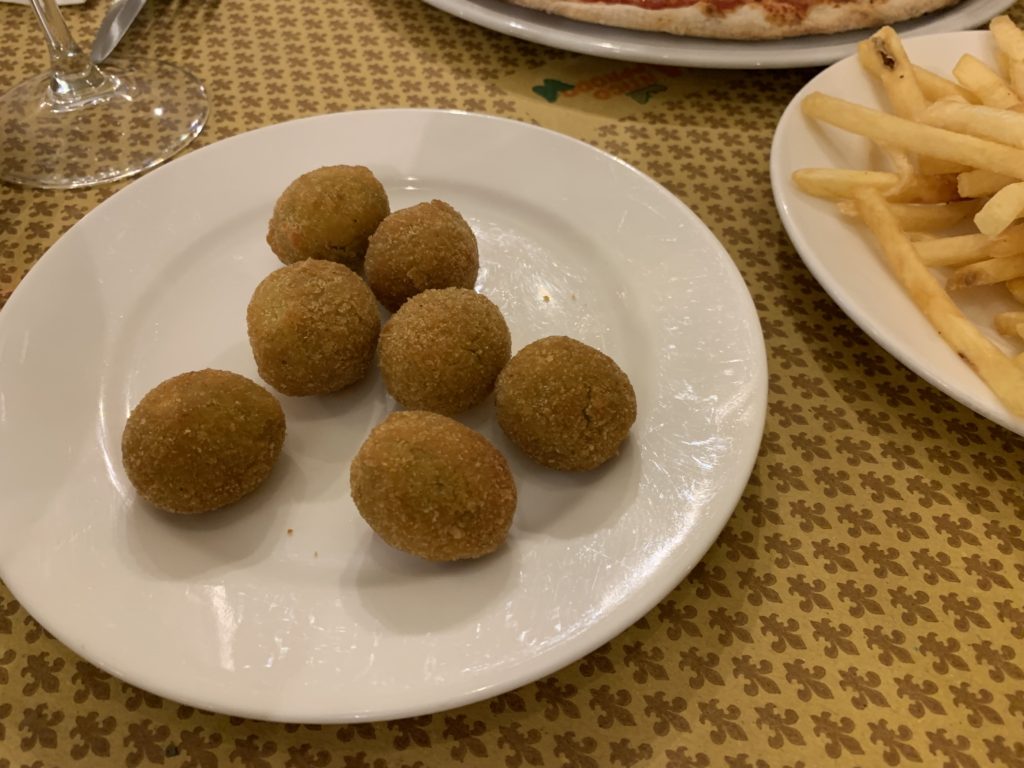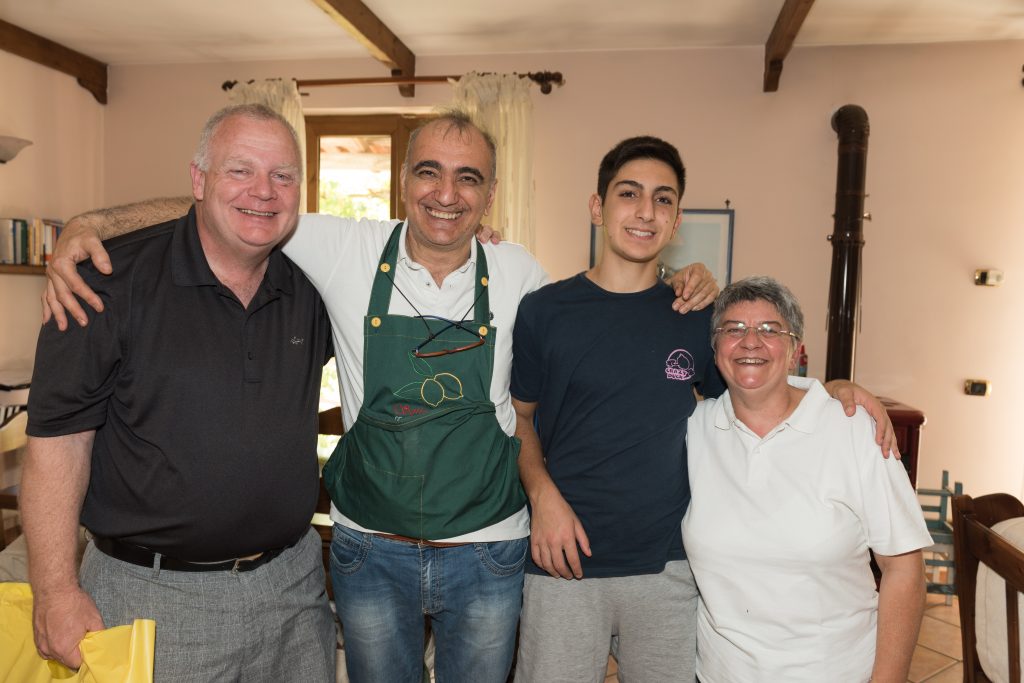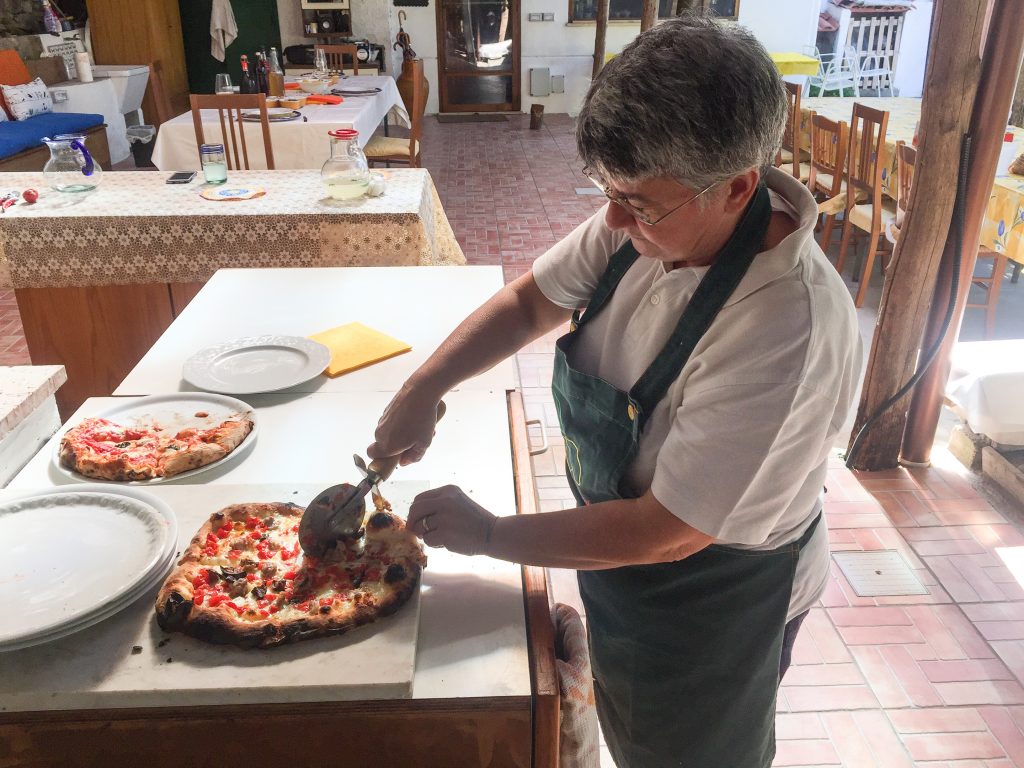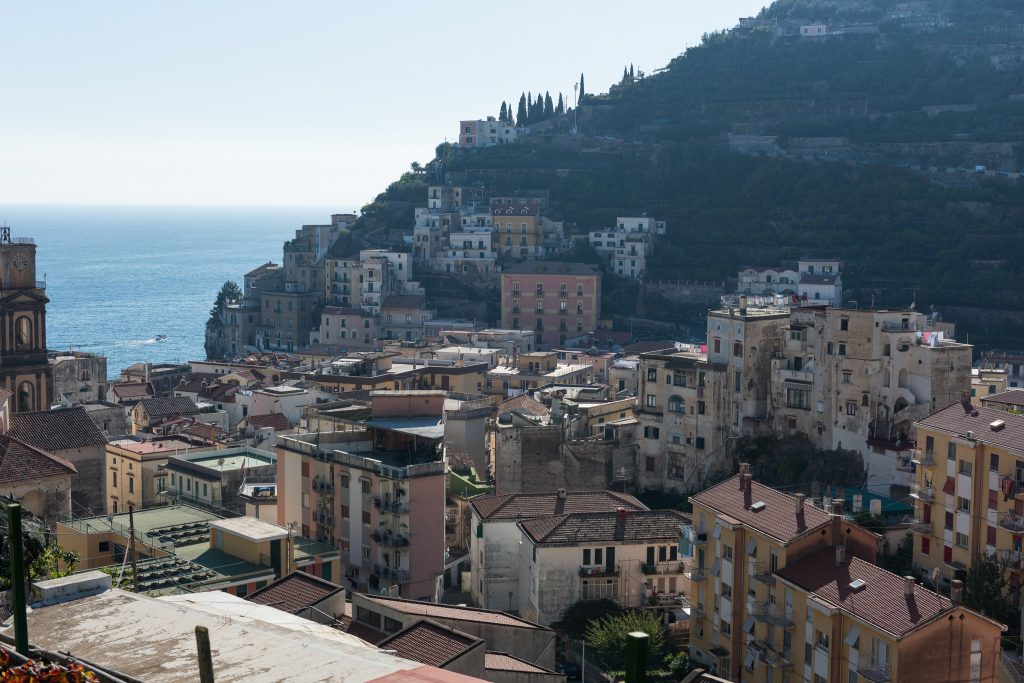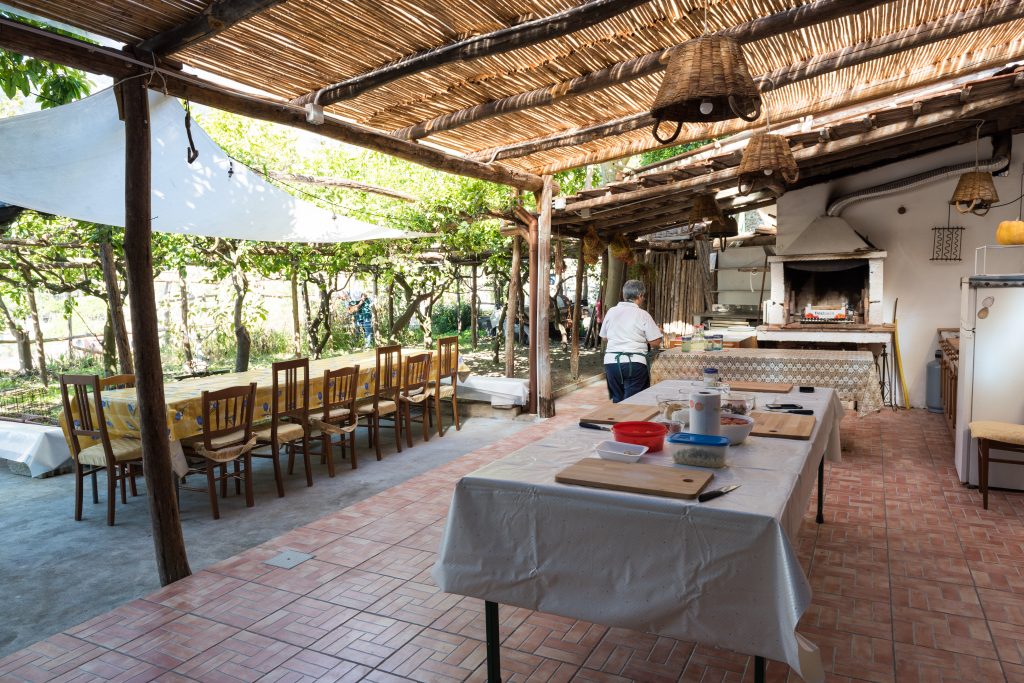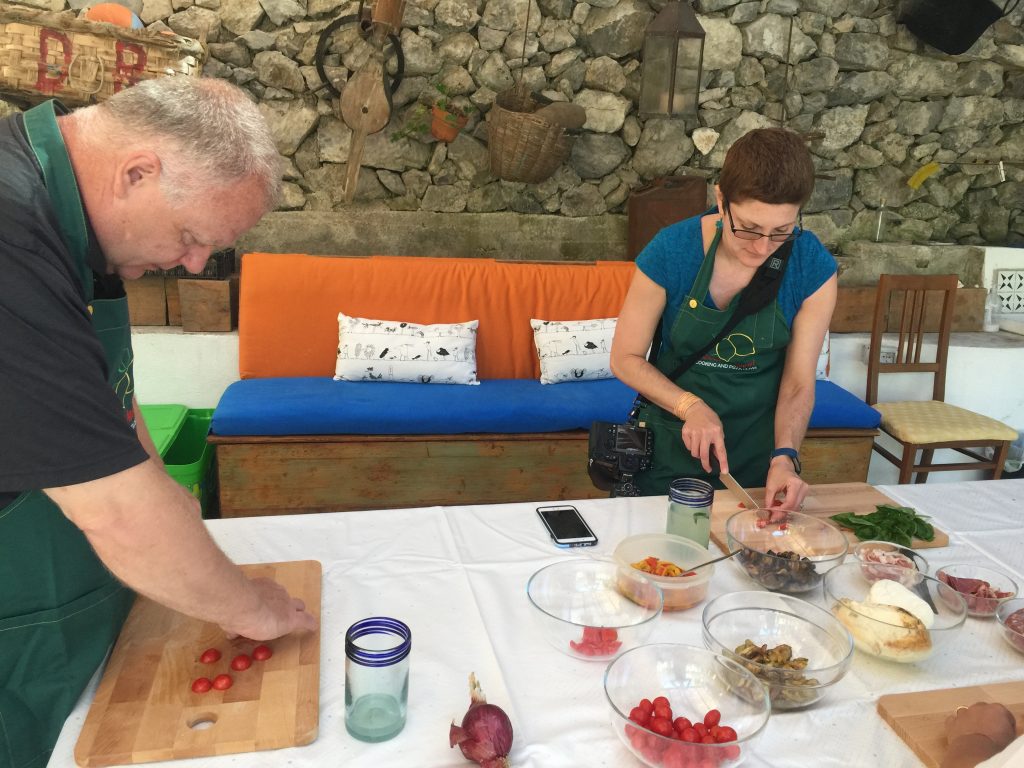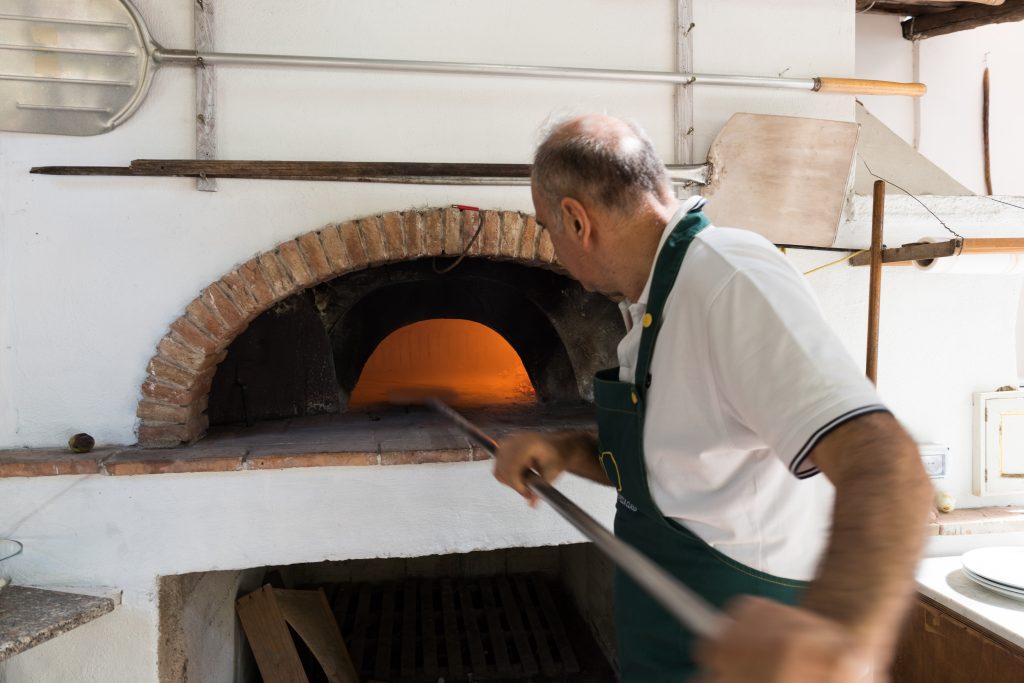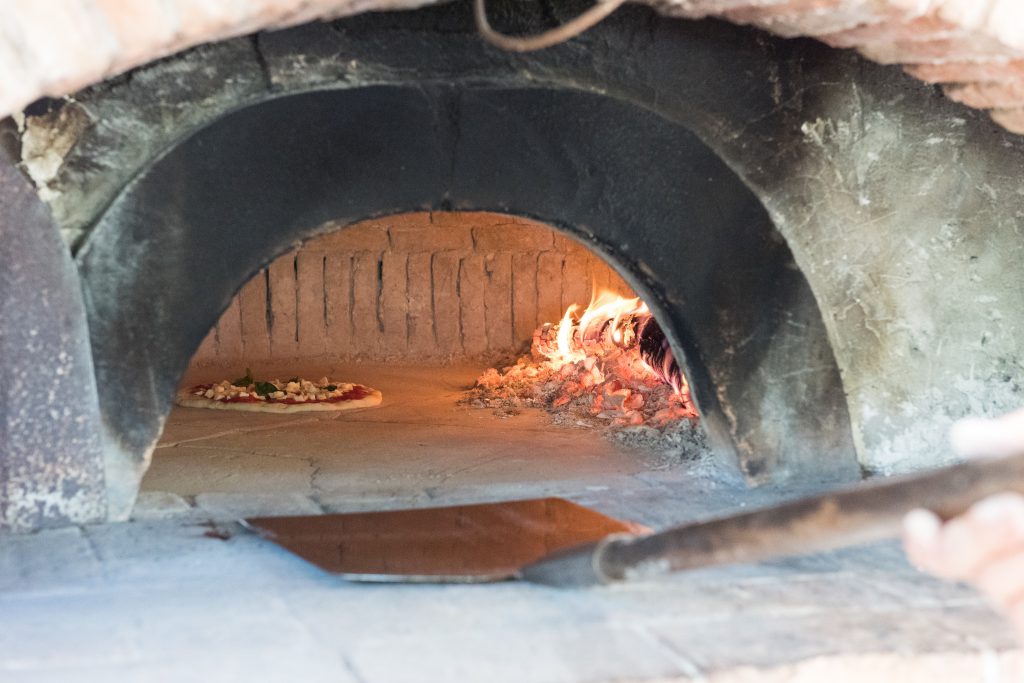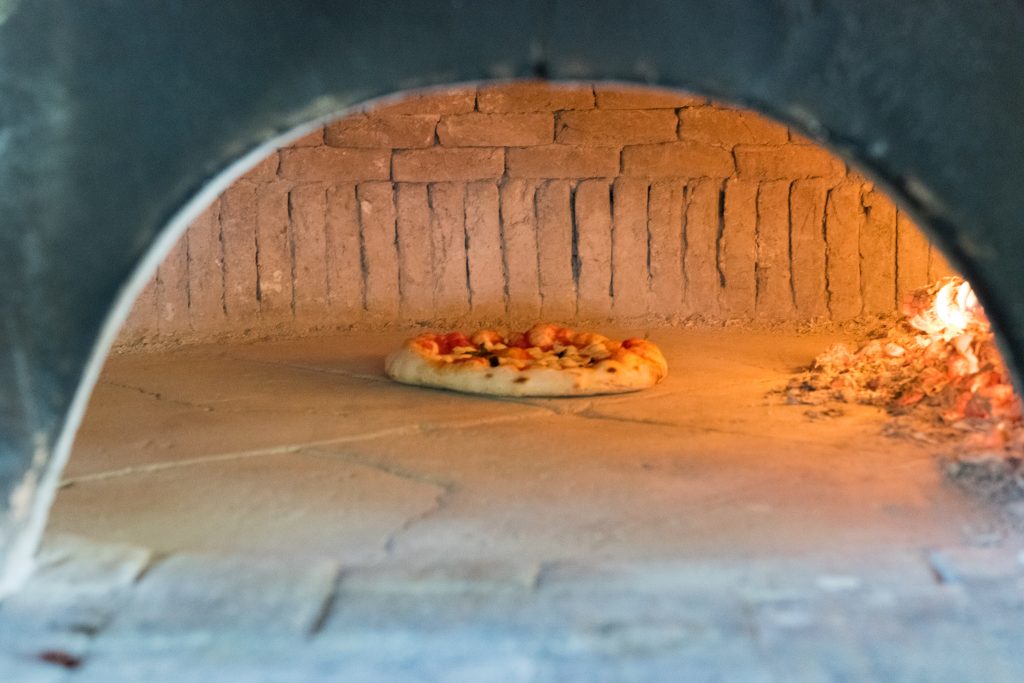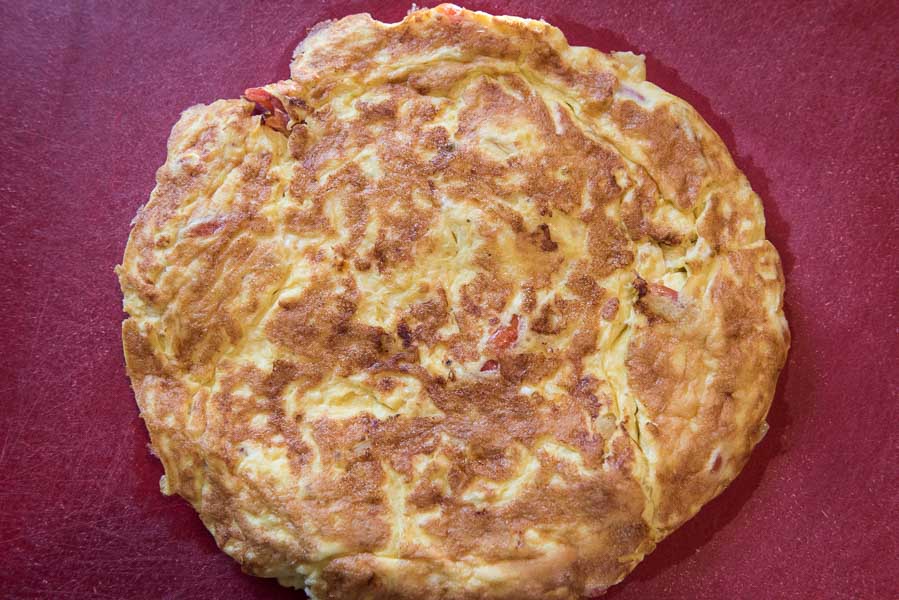I spent four hours climbing, cutting, and prying an invasive vine that threatens to overtake a vulnerable olive tree that I’ve named Ercole. Our eastern olive grove at Casa Pace e Gioia is older and on the receiving end of the breezes that cool in the summer but freeze in the winter. I broke a pair of garden clippers when I really should have used a crowbar. He’s showing improvement but I still have work to do, with better tools.
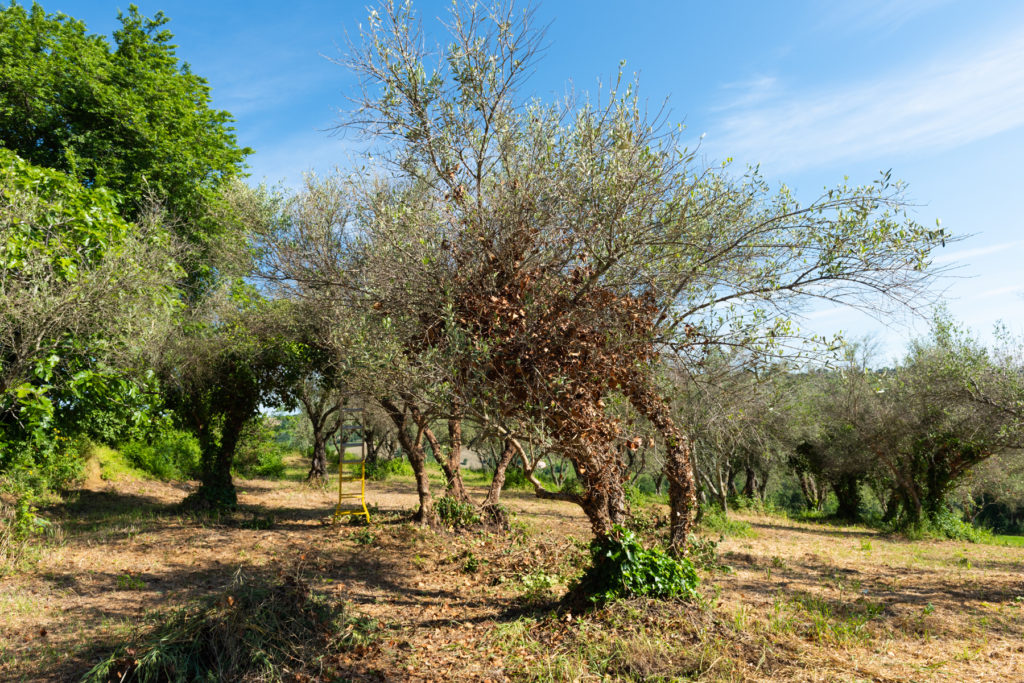
Trimming the dead branches of a living olive tree is meditative. I think it regenerates us both. I know it does me. And also, I want to boost our olive production as we have increased our olive oil consumption, a benefit especially for my lactose-intolerant husband. Fried eggs, hash browns, fish, chicken, you name it, we use olive oil to make almost everything.
I tried and tweaked several olive oil cake recipes to come up with this one, adapted from Bon Appetit magazine. My daughter calls it sad cake, because that’s how you feel when it’s gone. It’s perfect for breakfast and dessert, and it’s not difficult to make! It lasts for days covered loosely. Even my cat loves it.
Buon appetito!
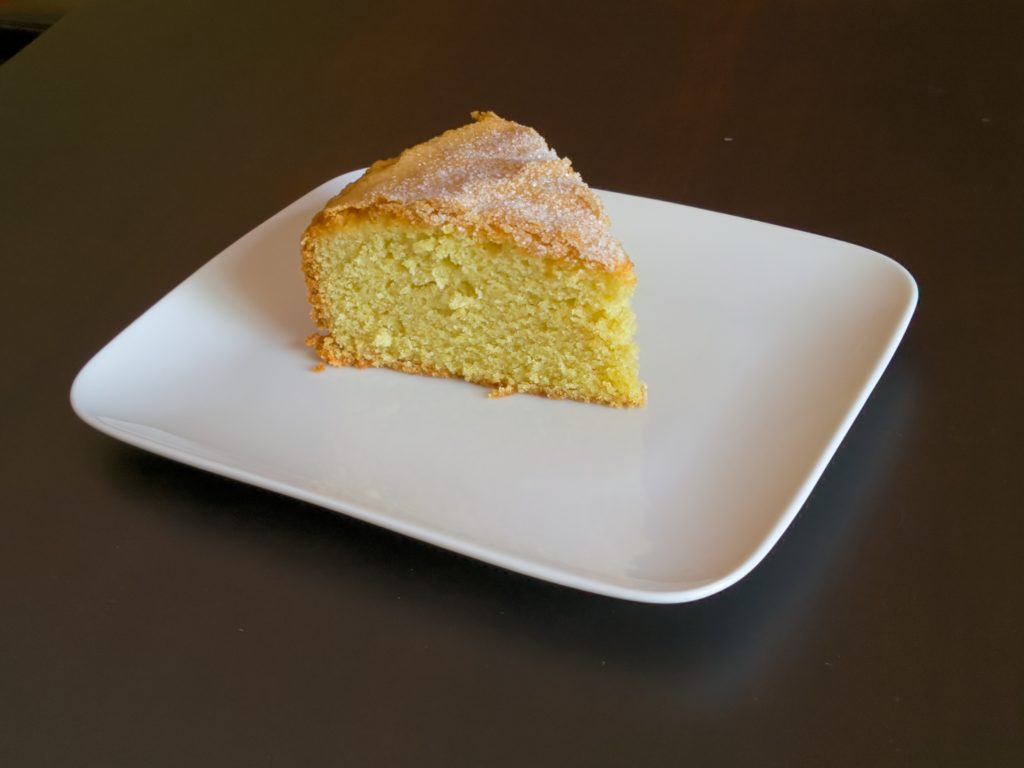
Best Ever Olive Oil Cake Recipe
Ingredients:
1 ¼ cups extra-virgin olive oil, plus more for the pan
1 cup plus 2 tablespoons sugar, plus more
2 cups cake flour
⅓ cup fine-ground cornmeal
2 teaspoons baking powder
½ teaspoon baking soda
½ teaspoon kosher salt
3 tablespoons Grand Marnier, Amaretto, or Cointreau
Zest of one lemon
3 tablespoons of fresh lemon juice
2 teaspoons vanilla extract
3 large eggs
Preheat oven to 400°. Drizzle bottom and sides of a 9” springform pan with oil and use your fingers to coat. Line the bottom with a round of parchment paper and smooth to eliminate air bubbles. Coat parchment with more oil. Generously sprinkle pan with sugar and tilt to coat in an even layer; tap out excess.
Whisk cake flour, cornmeal, baking powder, baking soda, and salt in a medium bowl to combine and eliminate any lumps. Stir together Grand Marnier, lemon juice, and vanilla in a small bowl.
Using an electric mixer on high speed (use whisk attachment if working with a stand mixer), beat eggs, lemon zest, and 1 cup plus 2 Tablespoons sugar in a large bowl until mixture is very light, thick, pale, and falls off the whisk or beaters in a slowly dissolving ribbon, about 3 minutes if using a stand mixer and about 5 minutes if using a hand mixer. With mixer still on high speed, gradually stream in 1 ¼ cups olive oil and beat until incorporated and mixture is even thicker.
Reduce mixer speed to low and add dry ingredients in 3 additions, alternating with Grand Marnier mixture in 2 additions, beginning and ending with dry ingredients. Fold batter several times with a large rubber spatula, making sure to scrape the bottom and sides of bowl. Scrape batter into prepared pan, smooth top, and sprinkle with more sugar.
Place cake in oven and immediately reduce oven temperature to 350°. Bake until top is golden brown, center is firm to the touch, and a tester inserted into the center comes out clean, 40-50 minutes. Transfer pan to a wire rack and let cake cool in pan 15 minutes. Run a thin knife around edges of cake and remove ring from pan. Slide onto rack and let cool completely. Let sit covered at room temperature after it is cool.

- If you missed my post with Marchigiane recipes, find them here.
- Sign up to receive my blog postings by email here.
- If you’d like updates on the opening of our vacation home Casa Pace e Gioia, click here.
Thank you for reading!

